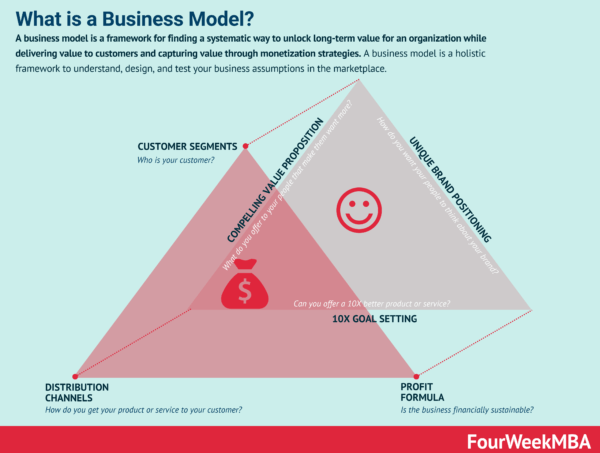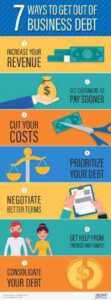Imagine that you could have a crystal ball of those that gypsies use to be able to predict the future of your business and know in advance if the actions you are taking today will bring you the desired fruits tomorrow.
Would be wonderful! (and boring…. )
And it is that in business matters there are always and will be risks. From the first day you open the doors of your company and long before, you face endless variables that can make things go better than planned or the opposite.
Measuring risks and achieving results is exactly what makes entrepreneurship an exciting experience that makes us be prepared for everything at all times.
However, although we do not have that magic crystal ball, there are very valuable tools to be able to project the results that we will obtain and that allow us to anticipate and make better decisions for the success of our new company.
When we are planning our business, countless questions arise:
- How much to invest?
- What product to buy?
- Will the price be correct?
- How to attract customers?
- How do I register my company?
- How much should I charge?
- Where should I promote my business?
And although it is not easy to answer these questions, today I share with you a powerful strategic planning tool called prospective that you can apply in planning your new company.
What is Prospective?
To describe it in a simple way, we will say that prospective is a technique to project the future based on the analysis of present phenomena.
Foresight was born in the 1960s and since its inception it has been used for military-type strategic planning, aviation, economics and business.
It can then be said that prospective is a methodology that unifies experiences, thoughts and feelings that allow structuring the future.
In fact, prospective is a very broad subject of study that can be learned in depth and that I invite you to do so if it is of your interest. However, for the purposes of the thematic line of business ideas, I share some practical concepts that you can apply in your own business.
“The best way to predict the future is to invent it.” – Steve Jobs
How Prospective Works In Business
The reason we learn about prospective is because of the fact that it makes a difference between two currents of thought:
- Thinking that the future is uncertain and is not in our control
- Thinking that the future is built (prospective)
In fact, foresight says that your future depends fundamentally on the actions you take today.
- Good actions = good results
- Bad actions = bad results
- No actions = no results
It even at some point suggests that if you don’t build your future, someone else will because human beings are interdependent and through inaction someone else would be influencing your future.
And while this seems more like a philosophy class, it really isn’t. Where I want to get to is to the point where we all need to be aware of the importance of our actions and how they affect what we will obtain in the next few hours, weeks, months or years.
How to apply prospective in my business?
To get into practical aspects, we will say that the first step in using this technique is to simulate scenarios. There are a variety of ways to do it, however we will use a very simple methodology.
A scenario is an exercise that allows you to imagine and visualize the different options and alternatives that are presented to you in a planning process.
So you should take a pencil and paper and begin to describe the following scenarios.
Optimistic Scenario
Here you must raise the development of your business in the most optimistic way.
You must imagine the best conditions to start, the most optimal times, you must project the best sales volumes and with the most convenient prices you can give.
You have to imagine what risks you could face and the possible outputs in the process so that things go as smoothly as possible. Describe this scenario in detail.
Pessimistic scenario
Contrary to the previous one, here you must describe the worst that could happen to you if things did not go well.
Imagine what could fail, what problems could arise in production, try to describe what imminent risks you could encounter and how you could solve them.
Ask what would happen if your sales are not as expected or if people do not like your products or services. Describe this scenario and let your mind run wild and anticipate solutions.
Probable Scenario
After having elaborated the previous two, you must now propose a scenario called probable and that has to do with finding the ideal balance between the best that can happen to you and the worst that things could come out.
This is where you should go so that your business has a promising future.
Imagine the conditions that have to occur for these scenarios and you will discover how in the process your mind flies and anticipates finding solutions for those thousands of questions that are in your head. And that is precisely the success of this technique.
Finally, take into account the following points to give the correct structure to the planning of the scenarios:
- Starting point situation: how to start?
- Future trajectory, what to do next?
- Possible risk situations, what could go wrong?
- Time horizons (short, medium and long term)
- Probable results, where will I get?
So, I hope that this strategy will be useful to you in the planning process of your new company and that it will help you to clear up the many questions that arise.

























